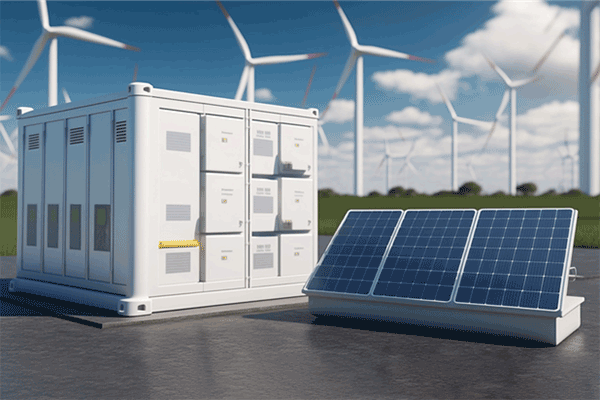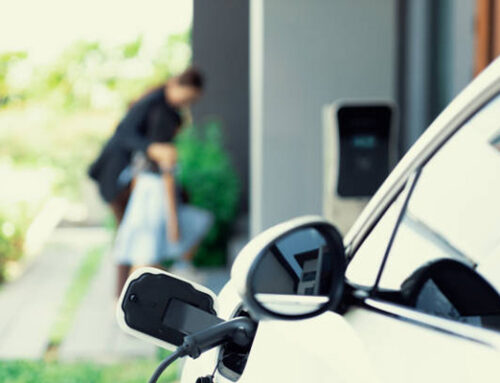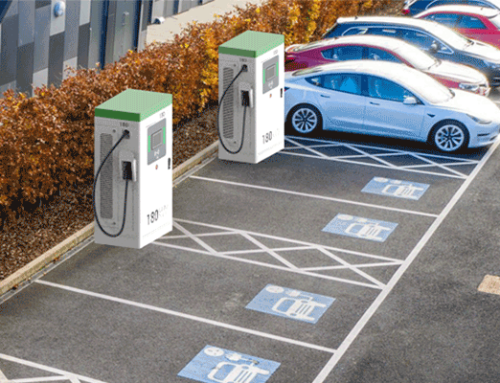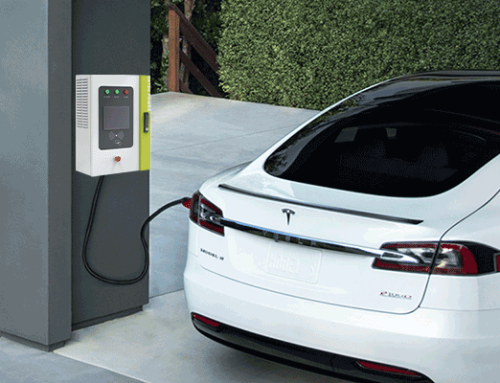Growing demand for renewable energy, an aging electrical grid, costly grid infrastructure improvements, and increasing extreme weather events will require increased energy flexibility to help the grid balance intermittent supply with responsive demand. Energy storage systems – like battery storage – are ideal candidates for providing this flexibility. In addition, these systems offer a wide range of benefits to energy users.

At its core, energy storage unlocks energy flexibility, allowing it to play a critical role in balancing electricity supply and demand, making the electrical grid more reliable and cleaner. Energy storage systems can store surplus energy and dispatch flexible capacity to support the electrical grid during peaks of energy demand, such as when temperatures are high, or when intense weather events and power outages occur.
There are four basic types of energy storage:
- Electrochemical systems – for example, lithium-ion batteries and flow batteries
- Thermal systems – for example, storing heat in rocks
- Mechanical systems – for example, pumped hydro, compressed air, and gravity-based storage
- Chemical systems – for example, capacitors and hydrogen storage
What is battery storage?
Although over 90% of the world’s energy storage capacity is still pumped hydro storage, battery storage is catching up, accounting for the majority of new storage capacity installed. Lithium-ion batteries, in particular, are favored for their high energy efficiency, density, and long cycle life.
There are some key characteristics of battery storage:
- Discharge capacity – the maximum instantaneous discharge power, measured in kilowatts (kW)
- Storage capacity – the maximum energy that can be stored in the “tank”, measured in kilowatt-hours (kWh)
- Duration – the ratio of storage capacity to discharge capacity, measured in hours, equivalent to how long the system can deliver maximum power for, assuming it started from a full charge
Most commercially deployed battery energy storage systems have storage durations of two to four hours, used for short-duration applications like ancillary services and shaving demand peaks. As the grid further decarbonizes and balancing intermittent energy resources like solar and wind become more critical to the transition to a decarbonized grid, the use of longer duration energy storage systems may be warranted.
While lithium-ion batteries can discharge for a long time, a sweet spot is around two to four hours, based on the economics. For longer duration applications, alternative technologies may be required.
What services can battery storage provide?
Because battery storage is flexible – meaning it can spin up and ramp up quickly – it can provide a wide range of services to keep the grid in balance. It can also enable your organization to be more flexible in its energy usage and generate revenue from a variety of value streams.
- Energy market services – battery energy storage systems, because of their fast response capabilities, can provide various energy flexibility services to the grid while unlocking revenue opportunities for organizations. Grid operators and utilities are increasingly monetizing the type of energy flexibility they need to keep the grid in balance, through resources like ancillary service programs – i.e., services that help maintain a reliable electrical grid. Other services that support the grid include energy arbitrage, voltage support, and black start capabilities.
- Utility services – battery energy storage systems can also substitute for the need for expensive grid infrastructure upgrades, through services like distribution and transmission investment deferral, congestion relief, and providing for local resource adequacy.
- Customer services – behind-the-meter battery energy storage systems (i.e., systems installed at an organization’s premises for use on-site) can help energy users manage when and how they use power at their facilities. This flexible energy usage enables organizations to reduce their energy bills and, when applicable, maximize their consumption of renewable energy when solar and battery storage are paired. There’s also a growing need for on-site backup power, which batteries – when paired with backup controls – can provide.














